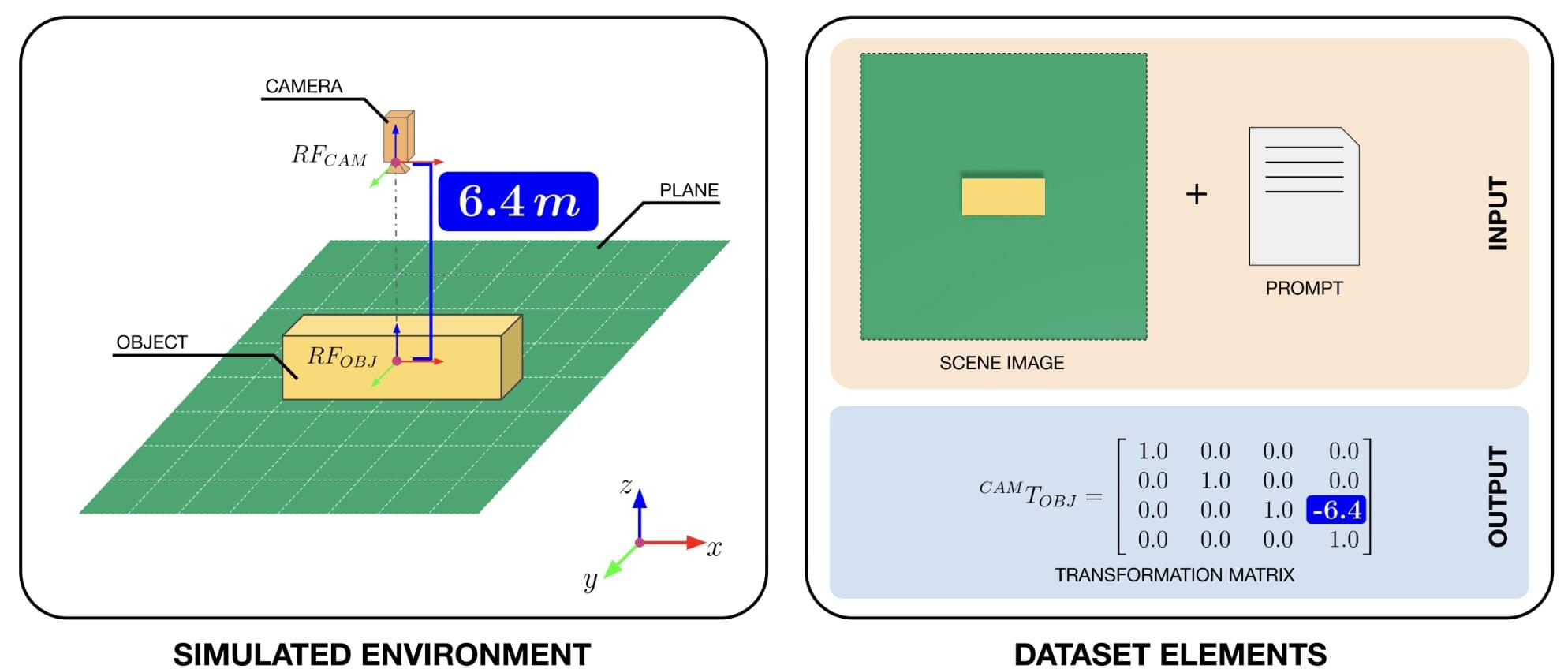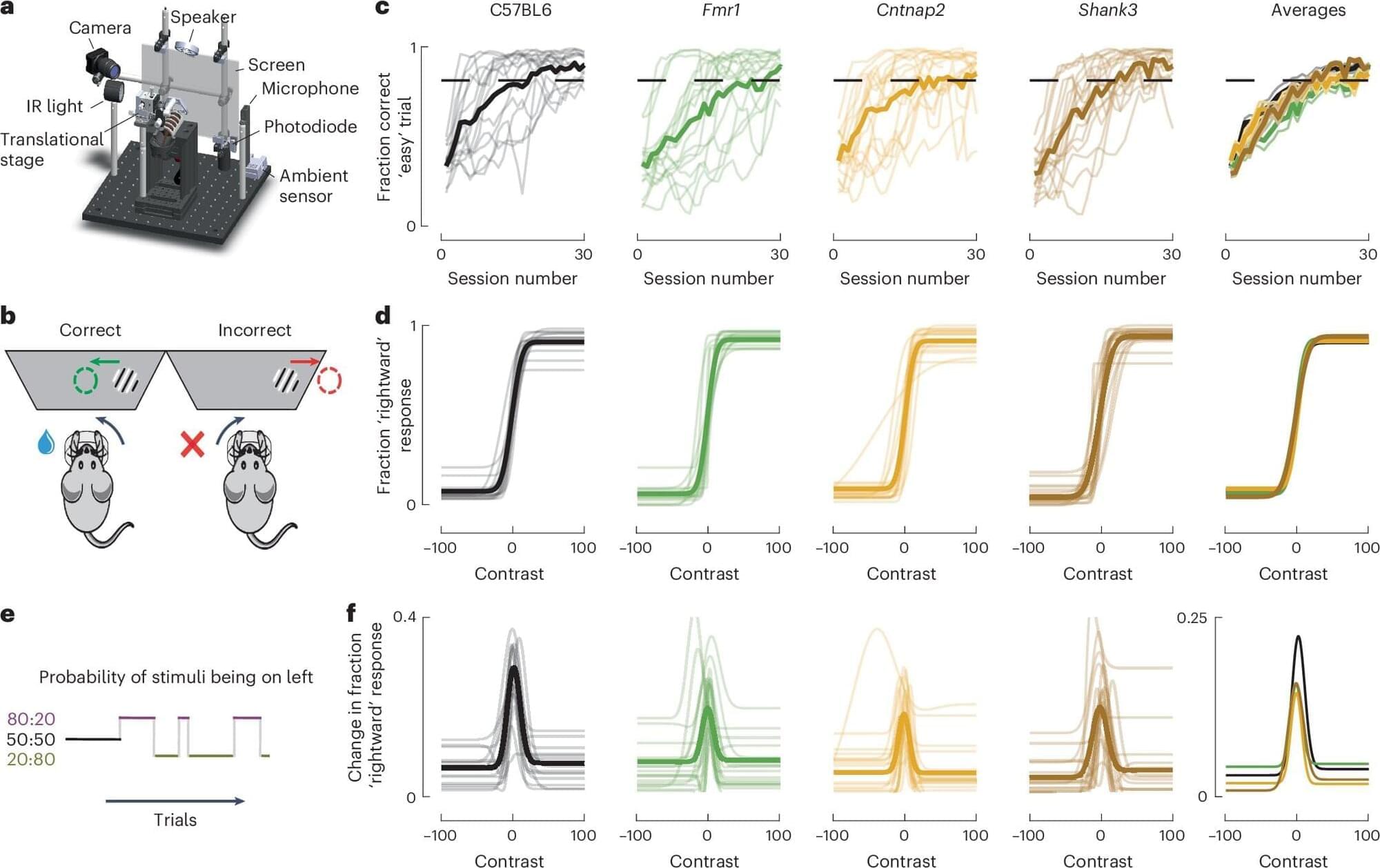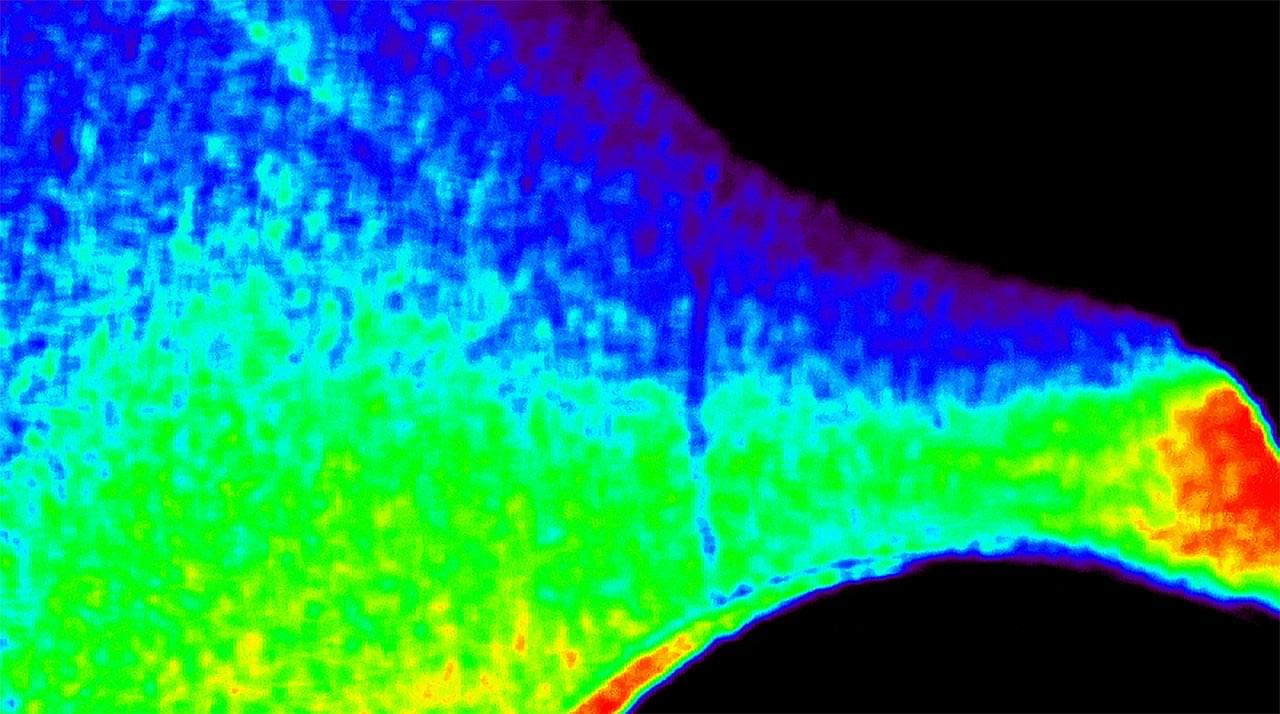In a study published in Science Advances, researchers from Technical University of Denmark and Universidad Politécnica de Madrid demonstrate a new device called an acoustic rainbow emitter (ARE) that takes in broadband white-noise signals from a point source that radiates sound equally in all directions and scatters it up so that different sound frequencies or pitches are emitted.
Similar to how a prism splits white light into a rainbow, the ARE device steers each frequency in different directions, creating an acoustic rainbow.
In nature, some animals—like humans, bats, and dolphins—have evolved intricate ears (pinnae) that can catch, shape and direct sound in amazing ways, helping them sense and navigate their surroundings.









